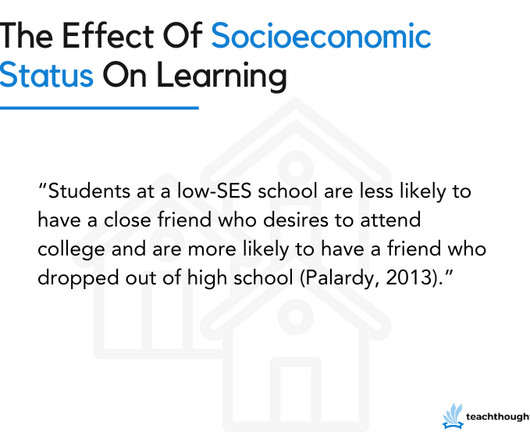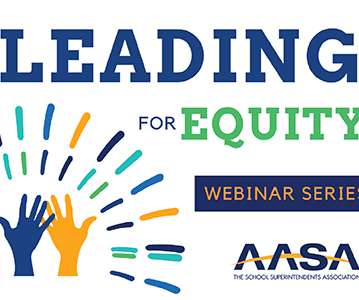Research: The Influence of Socioeconomic Status on Learning
TeachThought - Learn better.
APRIL 4, 2024
Researc h: The Influence Of Socioeconomic Status In Elementary School Kieffer (2010) organized a study on upper elementary students focusing on reading levels of English language learners (ELLs) and native English speakers. ELLs and low-SES students are at an elevated risk for these difficulties (Kieffer, 2010).

































Let's personalize your content